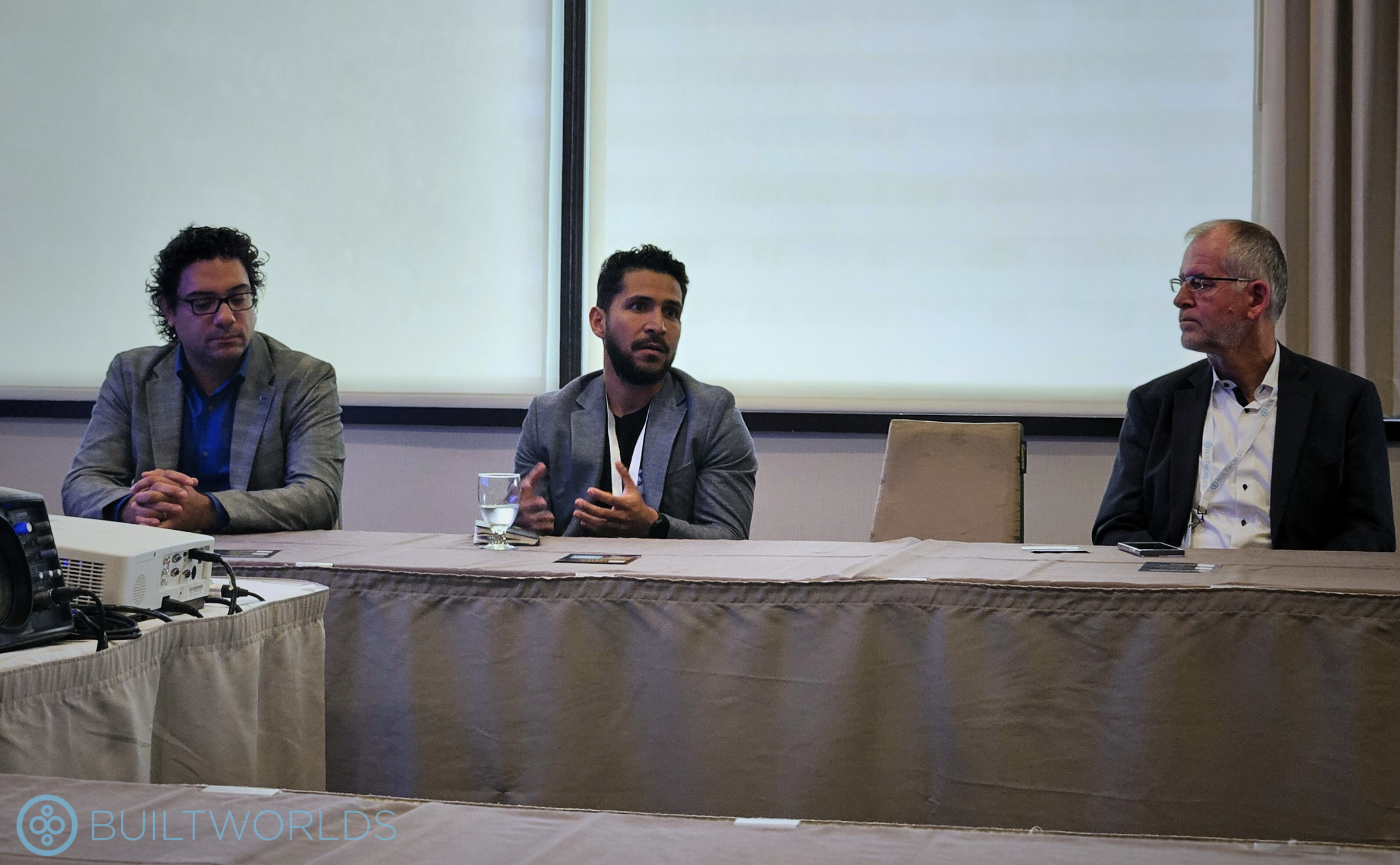
The 2024 Toronto Summit’s panel topics explored built world trends unique to Canada, while also maintaining an expansive purview on the North American continent. Latin America (LatAm) remains a developing region for built world technology that remains largely underserved by the venture capital markets. In order to spotlight the unique challenges and developments in this region, we hosted a breakout roundtable discussion at the Summit. This session was led by Pedro Celia, co-founder and COO of Licify, and saw participation from major companies operating in the region, such as Pomerleau, Saint-Gobain, Kajima and more.
Regional Pain Points
Cost is the primary driver for innovation in the built environment. For example, high labor costs due to the shortage of skilled workers in the U.S., Europe and Japan has led to a rise in workforce management and labor augmentation solutions (robotics, labor tracking, site management, and worker incentivization). Contrary to the rest of the world, labor is not a significant cost in LatAm. Rather, materials and procurement is the primary bottleneck due to the lack of physical infrastructure required to efficiently transport materials and equipment.
Furthermore, the building materials marketplace is extremely fragmented. Small and medium-sized enterprises and family businesses dominate the supplier ecosystem, making it difficult to streamline procurement.
Besides the cost pressures from materials, regional fragmentation presents challenges for startups to scale. Although the countries comprising LatAm largely share a common language (besides Brazil), it is difficult to scale across borders due to cultural and political differences. Dominating a single country is not a viable growth strategy for LatAm startups as countries do not have populations to support a single-market growth strategy. Instead, companies need to scale to either Brazil, Mexico or the U.S.
Brazil is typically not the preferred end-market for LatAm startups as the language and cultural barrier presents difficulties. Market penetration in North America via Mexico is the preferred growth strategy because it provides a good beachhead for scaling to the U.S. according to Celia.
Those who are experienced in doing business in the region report that different accents—even between fellow Latin American countries—and customs create conflict for business. Another major cultural theme revealed in the discussion is the importance of being physically present and speaking the language in order to effectively conduct business in LatAm. Celia, who recently led the expansion of Licify from Colombia to Mexico, emphasized the importance of hiring a local team when scaling startups in LatAm. He reported that “familiar last names and accents” aided in Licify’s Mexican business development.
Venture Investment Landscape
A driving factor for LatAm built world tech is the lack of specialized VC participation. Few VCs in the region have an AECO-centric investment thesis, which leaves the gap to be filled by generalists or U.S.-based specialist VCs.
One specialist investor that operates and invests exclusively in LatAm is BuiltWorlds Venture Forum member, Buildtech Ventures. Brick and Mortar Ventures represents the latter category as the San Francisco-based firm led Licify’s most recent $3.4M Seed funding round.
Because materials and procurement account for the biggest costs on projects in LatAm, multinational materials companies, such as Cemex and Saint-Gobain, have been driving innovation and investment in the region from a corporate standpoint.
Investment Opportunities in LatAm
In order to create a more efficient construction ecosystem, LatAm needs to focus on materials and procurement costs. The low-hanging fruit to do so is the physical infrastructure. Investment in better physical infrastructure will allow LatAm to more efficiently transport materials and execute projects.
Corporate VCs and strategic investors can play a major role in providing specialized built world investment to propel AECO tech in LatAm. In the breakout session, participants revealed that certain LatAm member countries are uniquely positioned to advance the development of specific technologies. Representatives from Pomerleau, which operates in Costa Rica, Peru and Colombia, noted that Costa Rica is a hotbed for robotics innovation stemming from the agricultural industry. While agriculture drives innovation in Costa Rica, Colombia is known for mobile and digital infrastructure. This has facilitated the emergence of Colombia as a leading provider of AI and mobile app solutions.
Conclusion
Latin American entrepreneurs are creating solutions to AECO pain points, however, substantial capital injections are required to help these companies overcome the regional fragmentation and scale to their full potential. The entrepreneurial and industrial talent is rich in this region, but few solutions have made it to the global stage due to the difficulties that startups experience early in their life cycles.
LatAm has a high ceiling in terms of world tech innovation. Provided that adequate amounts of venture capital are injected, construction projects increase in dollar size so that contractors can pilot new technologies and the physical infrastructure improves to facilitate a more efficient flow of goods and services, the region offers promise for hungry investors.
Ready for more discussions like this?
Sign up for Venture East 2024 to participate in more conversations around global innovation and investment.




Discussion
Be the first to leave a comment.
You must be a member of the BuiltWorlds community to join the discussion.